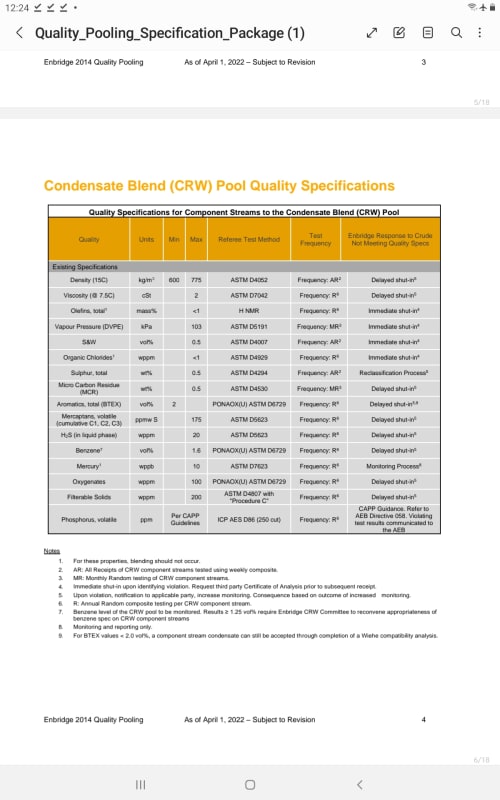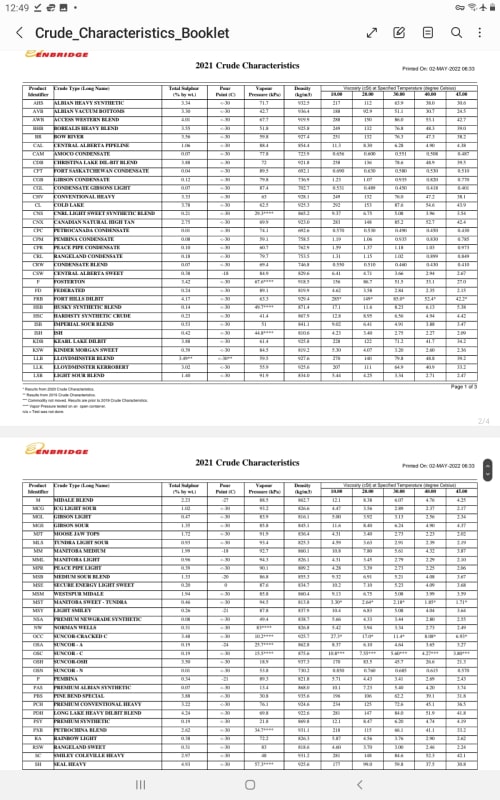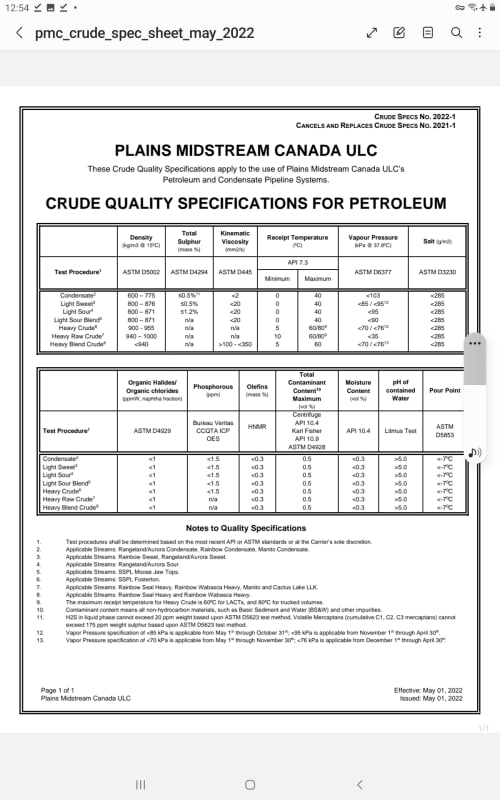Ilovescience
Mechanical
Hello,
I work at a gas treating facility. We have production wells as well as the actually treating facilities.
We are looking at installing some piping for an upcoming project and we would like to ensure we are using the correct B31 code.
There are 2 lines we are interested in constructing:
-We having a water treating facility onsite that treats the waste water. We want to run a 3" line (2200#, 140F) to an injection well. The injection well is outside of the water treatment facility approximately 300 feet away.
-On our gas production lines from the wells, we have drip legs. We are installing a new drip leg and we want to run the water piping to our water treatment facility. We suspect this fluid is 95% water at least with some hydrocarbon.
I've skimmed the B31.3 and B31.4 code books and I'm a bit confused. While B31.3 mentions it is used for water piping i notice it uses the phrase "process piping". The B31.4 diagrams seems like these piping fall under that code but it doesn't mention water in the code itself.
ALSO regulatory and government agencies in this area does not provide direction on which specific piping code to use
With the information provided above, should these lines be constructed to B31.3 or B31.4?
Also, I read on these forums all piping underground is B31.4. I skimmed the code and I can't find this information either. Is this true?
I work at a gas treating facility. We have production wells as well as the actually treating facilities.
We are looking at installing some piping for an upcoming project and we would like to ensure we are using the correct B31 code.
There are 2 lines we are interested in constructing:
-We having a water treating facility onsite that treats the waste water. We want to run a 3" line (2200#, 140F) to an injection well. The injection well is outside of the water treatment facility approximately 300 feet away.
-On our gas production lines from the wells, we have drip legs. We are installing a new drip leg and we want to run the water piping to our water treatment facility. We suspect this fluid is 95% water at least with some hydrocarbon.
I've skimmed the B31.3 and B31.4 code books and I'm a bit confused. While B31.3 mentions it is used for water piping i notice it uses the phrase "process piping". The B31.4 diagrams seems like these piping fall under that code but it doesn't mention water in the code itself.
ALSO regulatory and government agencies in this area does not provide direction on which specific piping code to use
With the information provided above, should these lines be constructed to B31.3 or B31.4?
Also, I read on these forums all piping underground is B31.4. I skimmed the code and I can't find this information either. Is this true?




![[bigsmile] [bigsmile] [bigsmile]](/data/assets/smilies/bigsmile.gif)